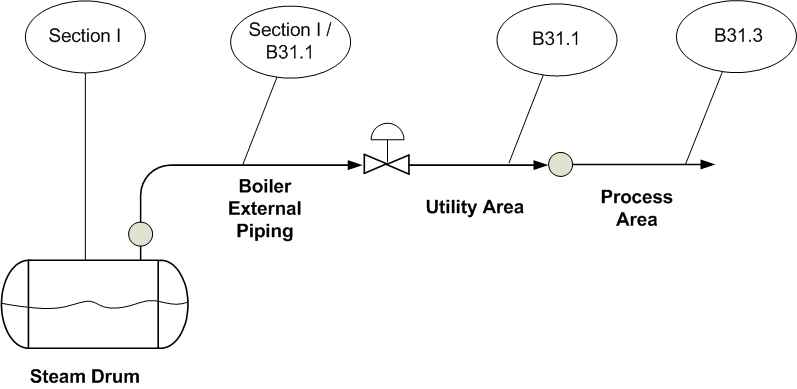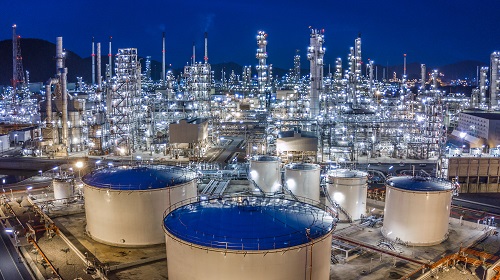Primer: Distillation (3rd Edition)

The Primer Distillation is priced at $25 (U.S.) It can be purchased here.

Process safety programs require that all equipment be designed, operated and maintained to the highest standards. In practical terms this requirement means that if the equipment and piping always retains its integrity, i.e., if it does not leak, then then highly hazardous materials will not be released. (The term used by OSHA — Mechanical Integrity — is too limiting; integrity programs should incorporate instrumentation and other non-mechanical items. The phrase ‘Asset Integrity’ is a better choice.)
Piping and valves have their own topic page.
The following is a list of the typical equipment covered by a process safety asset integrity program.
There are many regulations, codes and standards to do with the mechanical integrity element of process safety management programs. Some of the key standards-setting bodies are:
In the United States important process safety management regulations are published by:
Articles, safety moments and other publications are listed below.
Copyright © Ian Sutton. 2018. All Rights Reserved.

The Primer Distillation is priced at $25 (U.S.) It can be purchased here.

The words ‘siting’ and ‘layout’ are often used interchangeably, but, strictly speaking, they have different meanings. Siting is concerned with the location of a facility. For example, if a company is planning on building a new chemical plant its management may consider the relative merits of sites in Texas, Mexico or China.
This article provides guidance to do with the launching and retrieving of pipeline pigs (also known as scrapers or tools).
Below is a schematic of a launcher.
Positive isolation methods are those which remain effective even if there is equipment failure or operator error. These techniques apply not only to vessels, piping and tanks but also to pneumatic and hydraulic equipment.
The sketch shows some of the various isolation techniques that can be used to protect workers in the process industries. The process containing toxic or flammable chemicals under pressure is on the left; the open system, where the workers are present, is on the right. The order is from the least to the most secure.
© 2017-2025 Ian Sutton Technical Books & Modules | All rights reserved
Proudly built in Richmond, VA by Garza Web Design